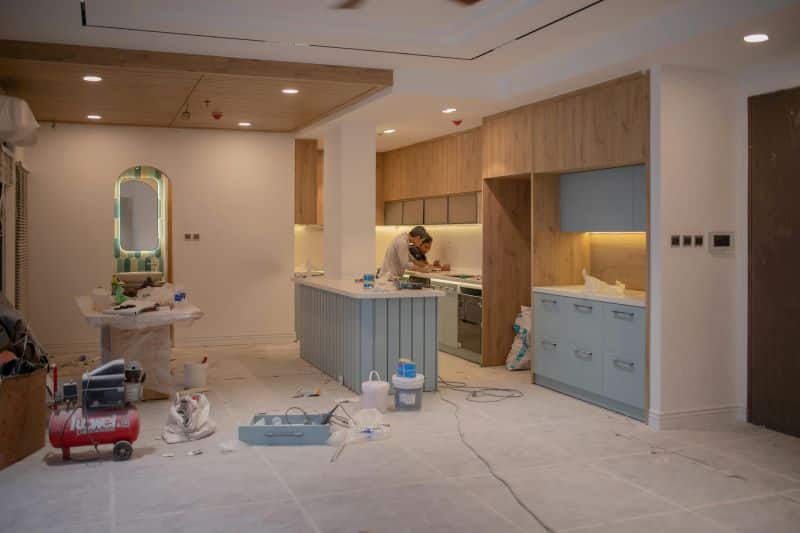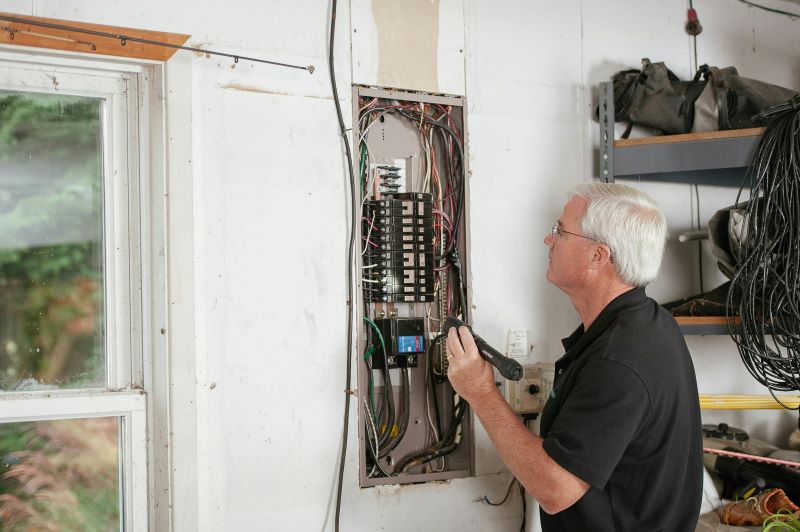You’re staring at your house, wondering who would ever want to buy it. Cracked walls. A leaking roof. Outdated wiring. The list keeps growing. It’s not just overwhelming—it feels impossible.
But the truth? Homes like this do sell every day.
You’ve probably seen ads around town or online that say things like “We buy houses in any condition” or “work with the best KC cash home buyer – HouseMax.” And that’s not just marketing fluff. These companies exist for sellers who are in exactly your shoes—people who need a faster way to sell without fixing every last thing.
So what’s your best move? Keep reading. We’re breaking down your options, step by step, so you can sell your home without the stress.
Should You Fix It or Sell As-Is?
This is usually the first big decision. And it depends on two things: money and time.
Fixing your home before selling may give you a higher price. But it often means:
- Paying contractors upfront
- Waiting weeks (or months) for completion
- Living in a construction zone
Selling as-is skips all of that. No repairs. No upgrades. No inspections dragging out the process. But yes, your sale price will likely be lower.
The real trick? Weigh the cost of repairs against the bump in selling price. If fixing the place costs $40,000 and only adds $30,000 in value, it’s not worth it. Sometimes, selling as-is is the smarter move.
Types of Major Repairs That Affect Home Value
Let’s get clear on what “major repairs” really mean. We’re not talking about peeling paint or squeaky floors. We’re talking about the kind of problems that scare away buyers and hurt appraisals.
Some of the biggest red flags include:
- Roof problems – Shingles falling off, active leaks, or water damage inside.
- Foundation cracks – Uneven floors, doors that won’t close, visible gaps in walls.
- Outdated plumbing or wiring – Rusty pipes, aluminum wiring, or blown fuses.
- Mold and moisture – Black spots on ceilings or a musty smell in the basement.
- HVAC systems that don’t work – Especially during hot summers or freezing winters.
- Termite damage or pest infestations – Bugs leave buyers running.
Each of these issues can make your home uninsurable or ineligible for traditional loans. That alone limits your buyer pool significantly.
How Repairs Impact Your Home’s Market Price
Every major issue chips away at your home’s value. Buyers don’t just factor in the cost of repairs—they also add a “hassle tax.”
That’s the mental toll of dealing with a fixer-upper.
Here’s what that might look like:
- A $12,000 roof replacement might lead a buyer to drop their offer by $20,000 or more.
- Foundation repairs that cost $15,000 might shrink your buyer pool entirely.
- An HVAC unit that’s toast? Many buyers won’t make an offer unless it’s replaced.
Why the gap? Because most people don’t want to coordinate repairs, apply for rehab loans, or take risks. So even if your home is priced fairly for its condition, expect a smaller audience and slower movement on the market.
And let’s not forget appraisals. If you’re selling to someone using a mortgage, that appraisal could tank the deal if your property needs too much work.
Selling As-Is: Pros, Cons, and What to Expect
The “as-is” route is becoming more common. And not just for rundown houses. Some sellers just don’t want the stress.
Pros:
- Speed. Close in days, not months.
- Simplicity. No contractors, no open houses, no guesswork.
- Certainty. You get an offer upfront and know what to expect.
Cons:
- Lower price. You won’t get top-of-market.
- Limited buyers. Traditional buyers might hesitate.
- “As-is” doesn’t mean “don’t clean.” A dirty house still turns people off.
Bottom line? You’re trading potential profit for peace of mind. For many sellers, especially those going through divorce, probate, or foreclosure, that trade is more than worth it.
Who Buys Homes That Need Major Repairs?
You’d be surprised. Plenty of buyers out there are looking for distressed properties. They include:
- Cash investors who flip properties for resale
- Buy-and-hold landlords who renovate and rent them
- Local home buying companies, which make fast offers and buy homes “as-is”
These buyers usually don’t care about inspections, appraisals, or even deep cleaning. They’re used to seeing properties in rough shape, and they know exactly what it’ll take to fix them. That’s good news for you, especially if your goal is to sell quickly and skip the traditional selling process.
Prepping Your Home Without Full-Scale Repairs
Even if you’re selling as-is, don’t ignore basic prep. A little effort can make your property more appealing without sinking cash into major fixes.
Here’s what you can do in a day or two:
- Remove personal items and clutter – Create space for buyers to see potential.
- Sweep, vacuum, and mop – A clean floor makes a huge difference.
- Open windows – Let in natural light and air out any musty smells.
- Trim bushes and mow the yard – First impressions matter.
Replace burned-out bulbs – Light makes spaces feel bigger and more welcoming.
These aren’t repairs. They’re just common sense. But they do help buyers look past flaws and see the opportunity underneath.
Should You Disclose All the Damage? (Yes—Here’s Why)
Honesty sells. Hiding flaws kills deals.
In most states, sellers are legally required to disclose any known material defects—especially those that affect health or safety. Think: mold, water damage, structural cracks, or failing electrical systems.
Fail to disclose? You could face:
- Legal action if the buyer discovers issues later
- Deal cancellations once inspections reveal hidden problems
- Loss of trust during negotiations
Even when selling as-is, transparency makes you more credible. It shows buyers you’re not trying to offload a “lemon.” That alone can go a long way toward closing the sale.
Sell It Fast, Sell It Smart—or Renovate First?
You’ve got three real options:
- Sell as-is to a cash buyer
- Make key repairs and list it traditionally
- Fully renovate before selling
Here’s the thing—only one of those guarantees a fast, predictable outcome. The others can pay off, but come with bigger risks and delays.
If you’re juggling a job relocation, estate settlement, or financial strain, selling as-is is often the clear winner. If you have months to wait and money to invest, the traditional route might make sense. But be honest with yourself about what you can handle—physically and emotionally.
Maximize Value Without Losing Your Mind
Selling a house that needs major repairs isn’t easy. But it’s doable—especially when you know your options.
You don’t have to fix everything. You don’t need to wait months. You can sell your home quickly, for a fair price, without going broke in the process.
So take a breath. Compare your choices. And consider working with a company like HouseMax, especially if you want to move forward without the drama.
The goal isn’t to make your house perfect. The goal is to sell smart—and keep your sanity intact.


